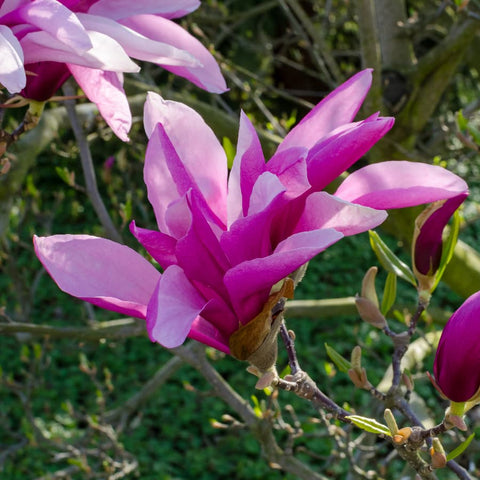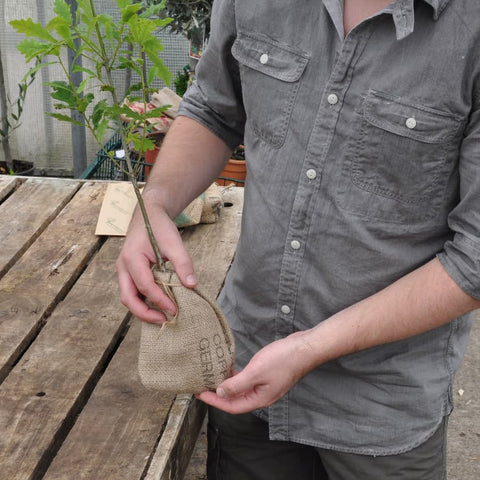Spring has traditionally been associated with warmth, rebirth, and a flourish of nature as it shakes off the frosty grip of winter. However, climate experts are stating that there will be a chilly twist this season: a much colder Spring period. This chilly weather is raising alarm bells about the effects that it may start to have on our gardens, read on to understand more about how this may affect you and your garden!
A Much Colder Spring
Experts are cautioning that this Spring could be far colder than normal. A combination of factors has led to this forecast, but primarily, it is believed that the shifting weather currents are to blame— what some are saying is part of our climate crisis.

Despite the cooler predictions, some species are responding in unexpected ways. The Magnolia trees in the south of England, as well as parts of Wales, are already a spectacle of blooms, unfurling their petals a full four weeks earlier than is the norm. The mesmerising effect of these Spring trees and early flowers, while beautiful, underscores a growing concern. Andy Jasper, Director of Gardens and Parklands at the National Trust, remarks that the display is “spectacular but a sign of the climate emergency.” The early appearances of camellias and rhododendrons, alongside burgeoning hedgerows, paint a picture of the earth's erratic response to our changing atmosphere.*
The Garden's Thaw
What consequence does this have for garden enthusiasts? The delayed Spring cold snaps present a risk to delicate, new growth and may disrupt the usual blooming schedules. Pollinators, like bees and butterflies that rely on certain plants, may find that their food sources are at odds with their lifecycle events. This discord could have a ripple effect on the food chain and further destabilise local ecosystems.
Not to worry though, there are plenty of things that gardeners can do to protect their trees and plant during this transitional period:
Hardy Varieties: Choosing hardy, UK plant varieties that can withstand variable conditions will greatly increase the likelihood of your garden thriving
Timing Adjustments: Altering sowing and planting schedules in anticipation of colder weather bouts can mean that your younger plants will stand a better chance of establishing themselves
Protective Measures: Using garden fleece or greenhouse spaces to shield vulnerable flora from untimely frosts, placing trees and plants in sheltered, full-sun positions can give them the best chance.
If you'd like to read more about how to care for your garden in Spring, we have a Spring and British Summer Time Care Guide to help!

Spring into Action
At the heart of our changing gardens is a stark reminder of the need for urgency in addressing the broader challenge of global warming. The premature blossoming is not merely an early gift of colour; it is a narrative woven into the living tapestry of our shared environment—a narrative that bears witness to the shifts of our world's rhythm.
In the words of Jasper, our gardens are increasingly becoming stages where the drama of climate change unfolds—we must become attuned to these changes and what they signal for our future.
This year, as we tread into spring with anticipation, we do so with bated breath. The cold may come, and the flowers may bloom ahead of time, but within these patterns are the threads of learning and adaptation. A glance at a prematurely blooming magnolia can serve as a moment of clarity and call to action.
*https://www.theguardian.com/lifeandstyle/2024/mar/02/gardens-england-wales-blooming-four-weeks-early-national-trust


